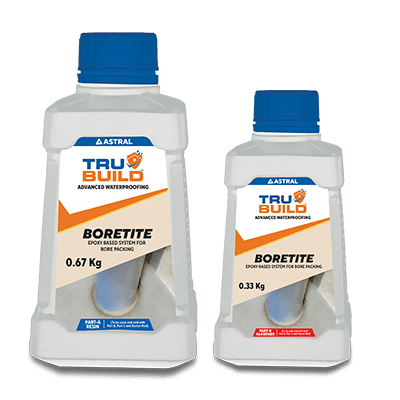Mould in Your Home: Key Steps to Identify, Prevent and Eliminate It
Apr 30, 2025
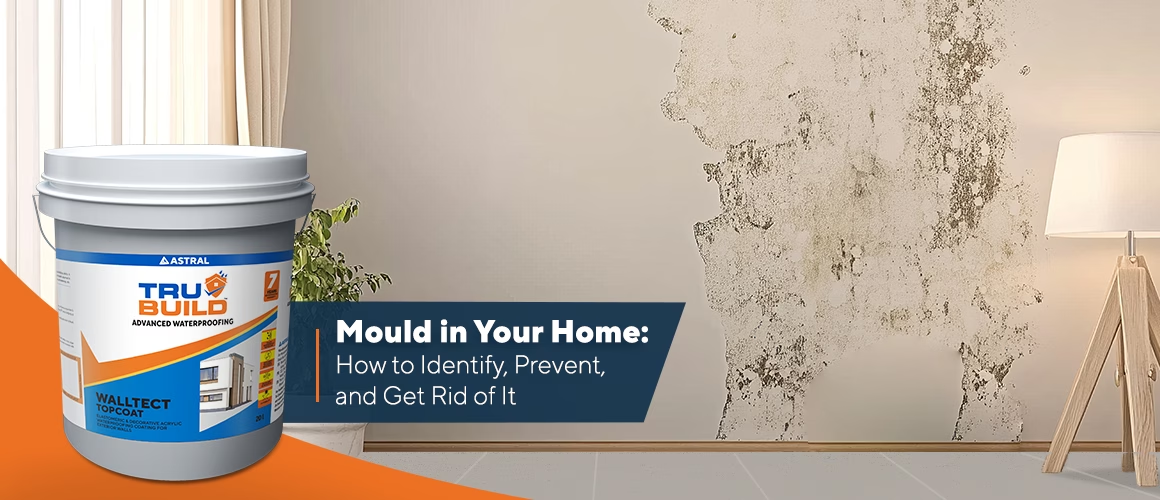
Mould on the walls of a home often appears as dark patches near windows or in the bathroom, accompanied by a musty smell. At first, it might seem like just an ugly stain. However, if left unchecked, it can turn into a bigger problem, damaging your home and even affecting your health.
If you are wondering why mould keeps showing up and how serious it is, this blog has you covered. We will help you understand how to spot it, what causes it and most importantly, how to get rid of it before it spreads.
What Is Mould?
Mould is a type of fungus that grows both indoors and outdoors, thriving in damp environments. It spreads through microscopic spores that are constantly floating in the air. While these spores are usually harmless in small quantities, when they land on a moist surface indoors, they can start growing and releasing more spores. This process can affect the air quality and the structure of your home. Some types of mould can cause health problems, especially if you have allergies or respiratory conditions. Identifying mould early on and treating it can help avoid costly repairs and health risks.
Types of Mould
Mould growth happens in different colours and textures, each with its own characteristics. Common types include:
-
Aspergillus:
Often found on food and in air-conditioning systems, this type of mould can trigger allergies
-
Cladosporium:
Usually black or green mould in home grows on toilets, painted surfaces and air ducts. It is typically non-toxic but can cause allergy symptoms
-
Stachybotrys chartarum (Black Mould):
Black mould thrives in damp, hidden areas like walls and ceilings. It requires careful attention due to its potential health risks
Other types of moulds can appear orange, red or white. While orange and red moulds are usually harmless and grow outdoors, white mould often indicates early-stage growth, which can be managed easily.
Mould vs. Mildew: What is the Difference
Although often confused, mould and mildew are not the same. Mildew is a type of mould that grows on flat surfaces, usually in bathrooms, kitchens or on damp walls. It appears as a thin, powdery layer, typically black or white. Mould, on the other hand, is more invasive, often appearing slimy and can grow in a variety of colours. While mildew is easier to remove and less damaging, mould can require professional treatment, especially if it has spread significantly. So, when it comes to mould vs. mildew, remember that mould can cause more damage and should be treated promptly.
Common Places Where Mould Grows in Your Home
Mould thrives in damp areas such as bathrooms, kitchens, laundry rooms, basements and crawl spaces. It can also grow on walls, carpets, furniture, appliances and potted plants. Piles of books and newspapers provide additional surfaces for mould growth, particularly when exposed to moisture.
How to Spot Mould Growth in Your Home?
Mould in home can be difficult to detect in its early stages, but there are several signs to look out for:
- If you notice a musty or earthy smell, it could indicate the presence of mould in hidden areas
- Visible growths or dark stains on walls, ceilings or floors are clear indicators of mould outgrowth
- Damaged or warped walls and floors may also signal mould growth, especially in areas that have experienced water damage
- Water stains or leaks that have not been addressed could be another sign, as stagnant moisture provides an ideal environment for mould
- If you experience allergy-like symptoms, such as itchy eyes or a runny nose, when in certain rooms, mould might be present
It is important to act quickly if you notice any of these symptoms because early detection and treatment can help avoid costly repairs and serious health risks.
How Mould in Home Affects Your Health?
Exposure to mould can trigger various health problems, especially for those with respiratory issues, allergies or weakened immune systems. Symptoms can include:
- Sneezing, coughing or nasal congestion
- Itchy eyes, throat or skin rashes
- Asthma-like symptoms or difficulty breathing
Certain types of mould, like black mould, can be particularly harmful. If you experience any of these symptoms, it is important to address the mould problem quickly and consult a healthcare provider if necessary.
Effective Ways to Remove Mould from Your Home
Step 1: Identify the Source of Moisture
Identify and fix the source of the water intrusion, or else mould is likely to return.
Step 2: Protective Measures
Protect yourself by wearing gloves, goggles and an N95 respirator mask.
Step 3: Cleaning the Mould
For non-porous surfaces, use a mixture of soap and water to scrub away visible mould. A mixture of one cup of bleach to 4.5 litres of water can be used for more stubborn mould. It is best to remove and replace the affected material for porous surfaces.
Step 4: Use Natural Alternatives
A vinegar and water solution (1:1 ratio) or hydrogen peroxide (3%) can be effective at killing mould on non-porous surfaces. Apply the solution, let it sit for at least 10 minutes, then scrub and wipe the area clean.
Step 5: Professional Help for Extensive Mould
If you spot a large-scale mould infestation or if mould is present in areas you cannot easily access, then it is best to call in a professional.
By tackling the issue head-on with the right cleaning methods and preventative measures, you can protect your home from further damage.
How to Prevent Mould in Different Areas of Your Home?
Here are some key mould prevention tips to keep your home mould-free:
-
Fix Leaks Immediately:
Address leaks promptly to avoid mould growth.
-
Use Dehumidifiers:
Dehumidifiers help reduce moisture in the air, preventing mould growth
-
Ventilate Your Home:
Ensure proper airflow by opening windows and using exhaust fans to reduce moisture buildup.
-
Maintain Your HVAC System:
Regularly service your HVAC system, ensure proper ventilation throughout your home.
-
Waterproof Your Wall:
Applying floor and wall waterproofing solutions helps prevent moisture from seeping through walls and reduce wall dampness.
By following these mould prevention tips and keeping moisture under control, you can reduce the chances of mould forming.
How Waterproofing Can Prevent or Fix Mould in Home?
Floor and wall waterproofing is an effective solution for preventing and addressing mould issues. By blocking water infiltration, it helps reduce excess moisture, which is a major cause of mould in home.
If mould has already formed, waterproofing can help prevent further damage. Floor and wall waterproofing measures also keep your home leak-free and mould-free, promoting a healthier living environment and reducing risks like respiratory problems and structural damage.
Addressing the source of water intrusion and applying wall waterproofing solutions, such as our Astral Trubuild Walltect topcoat, can stop mould from returning. This product offers excellent flexibility, breathability, water resistance and strong protection against microorganism growth.
By staying proactive and addressing potential mould issues early, you can safeguard your home and well-being for years to come.


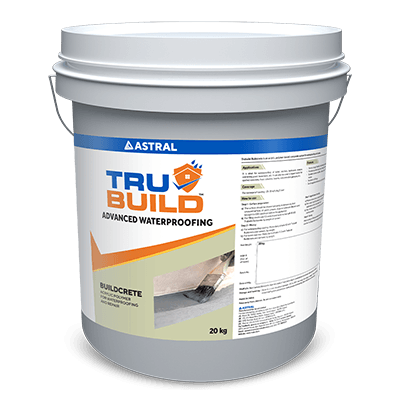
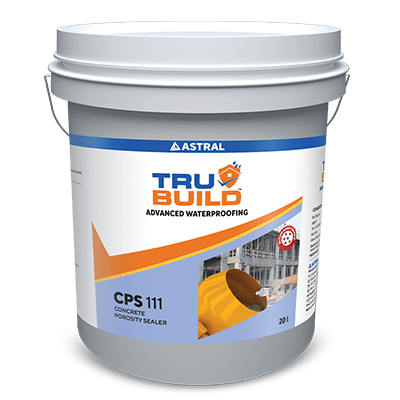
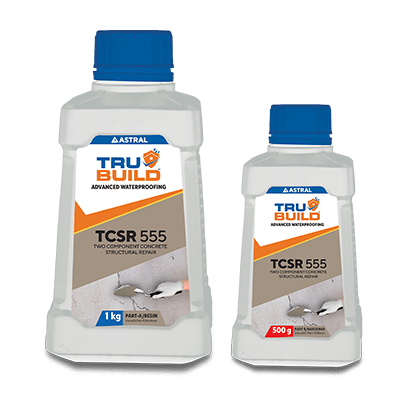
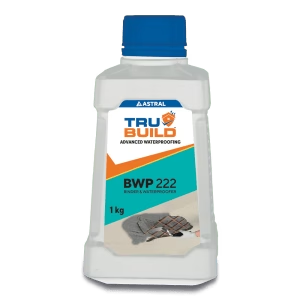
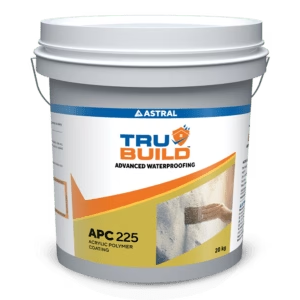
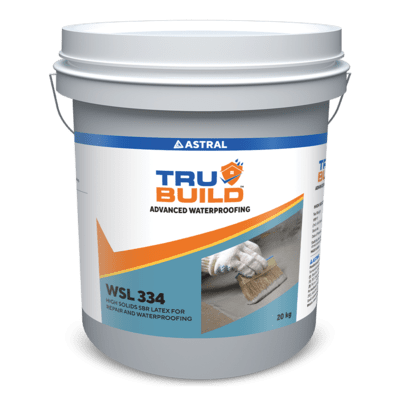
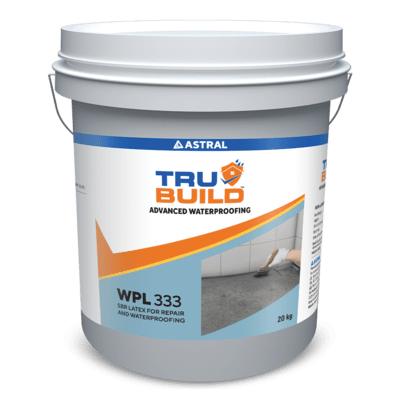
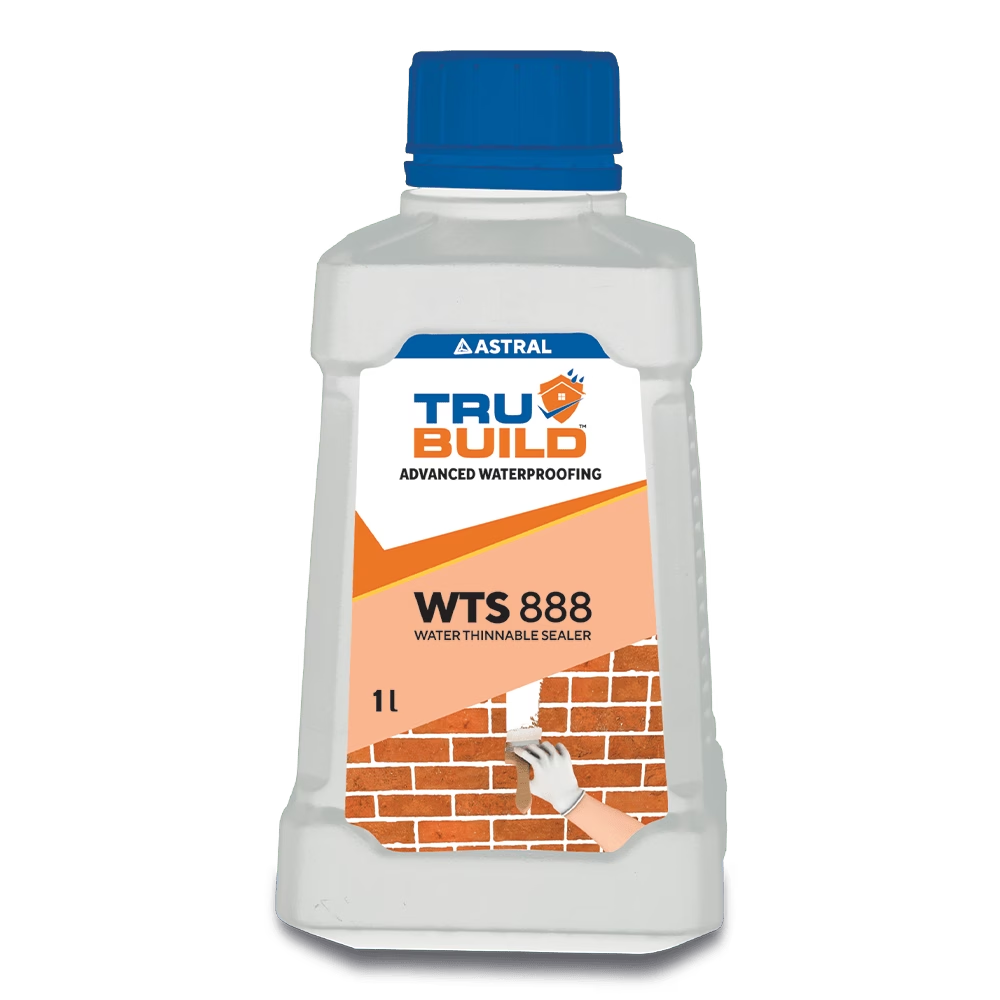
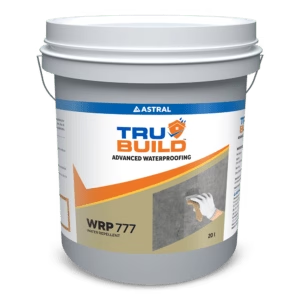
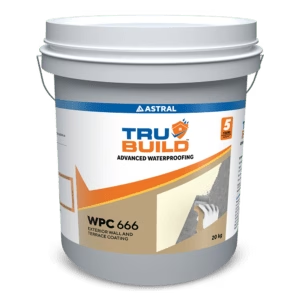
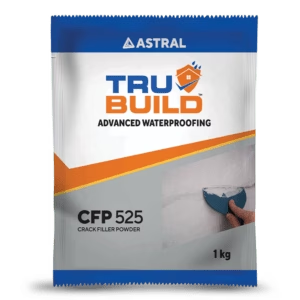
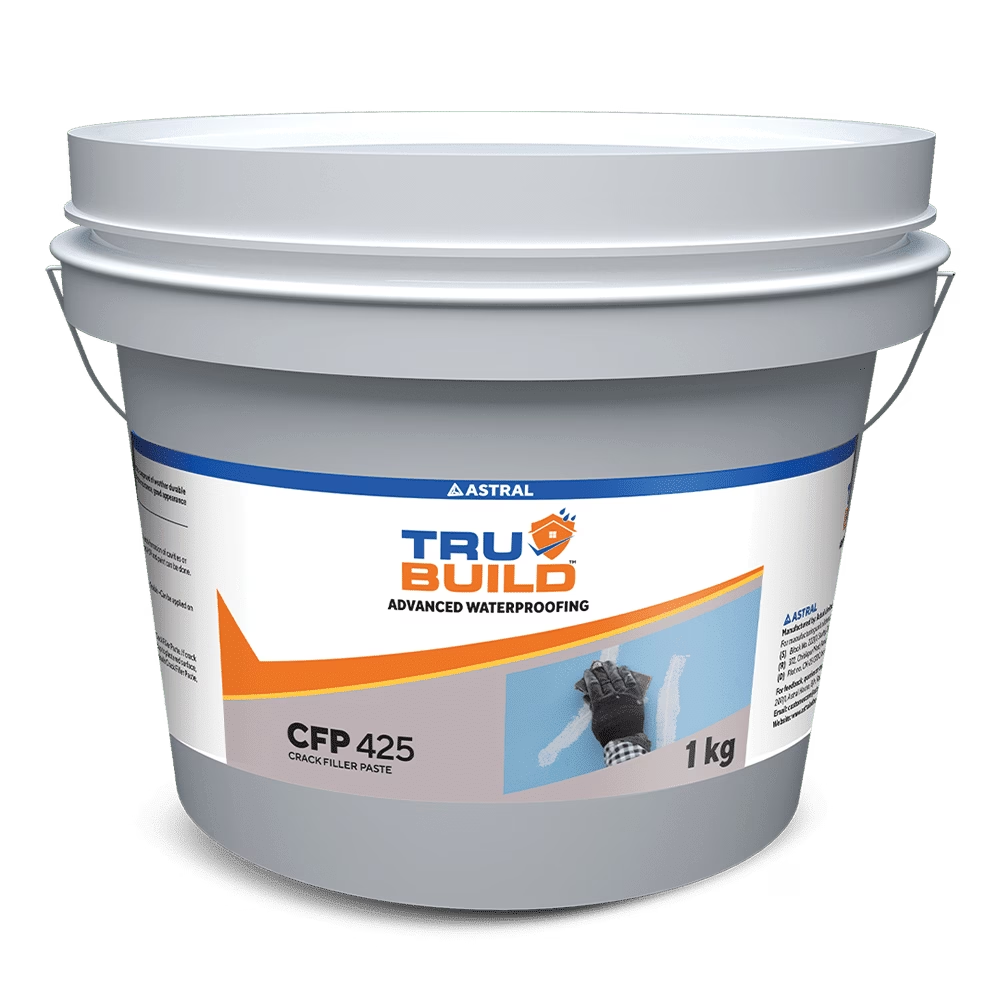
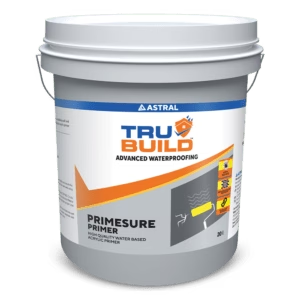
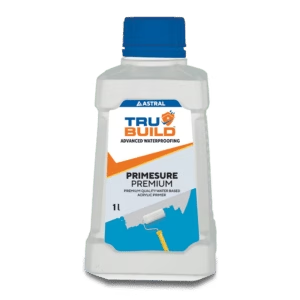
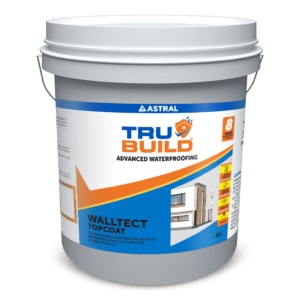
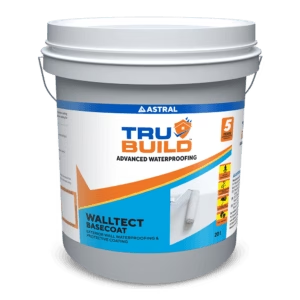
 Professional Sealants
Professional Sealants 
 Roof Waterproofing
Roof Waterproofing 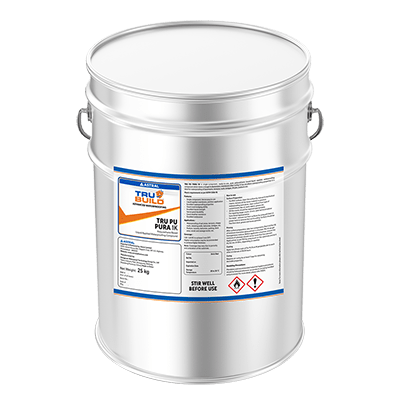
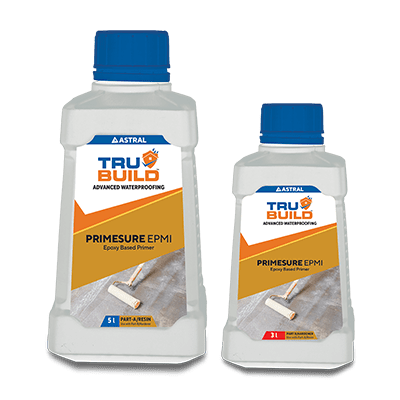
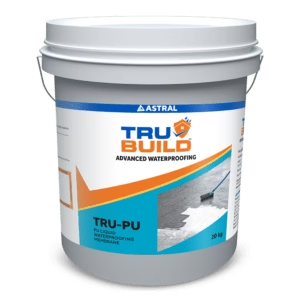


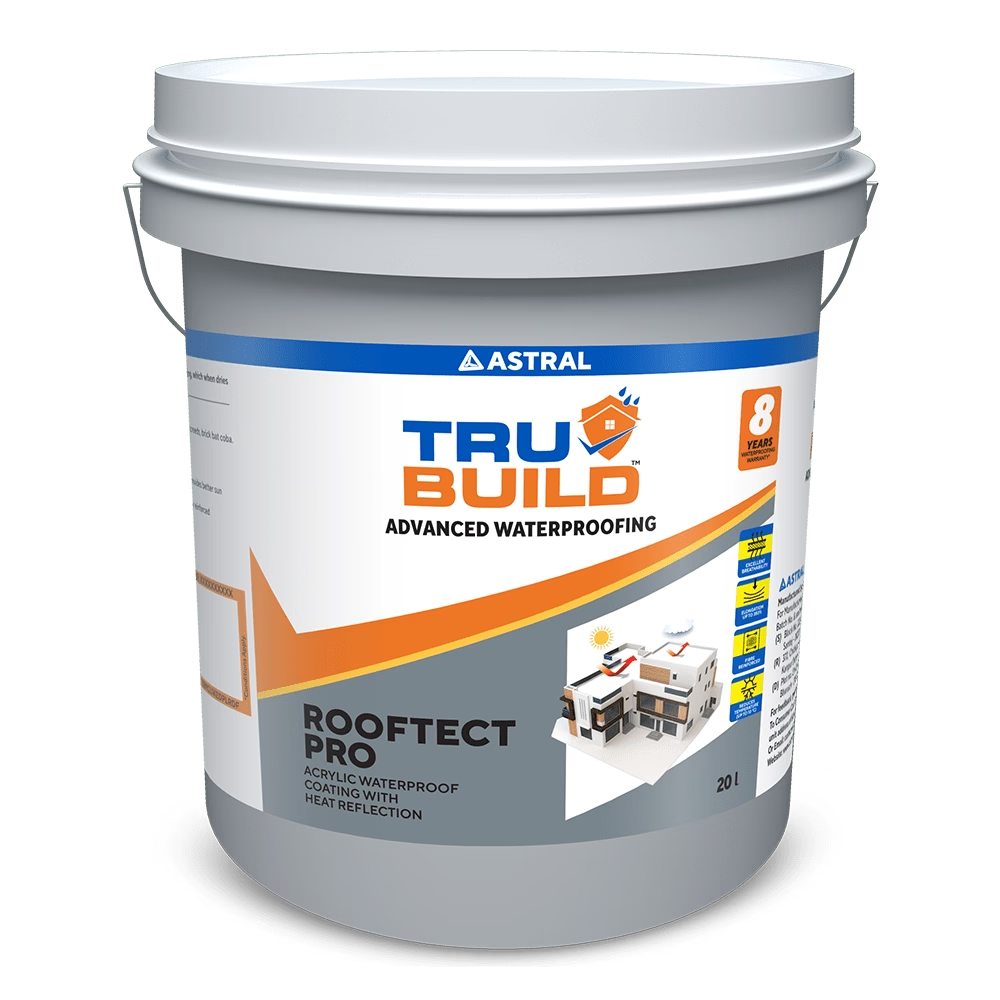
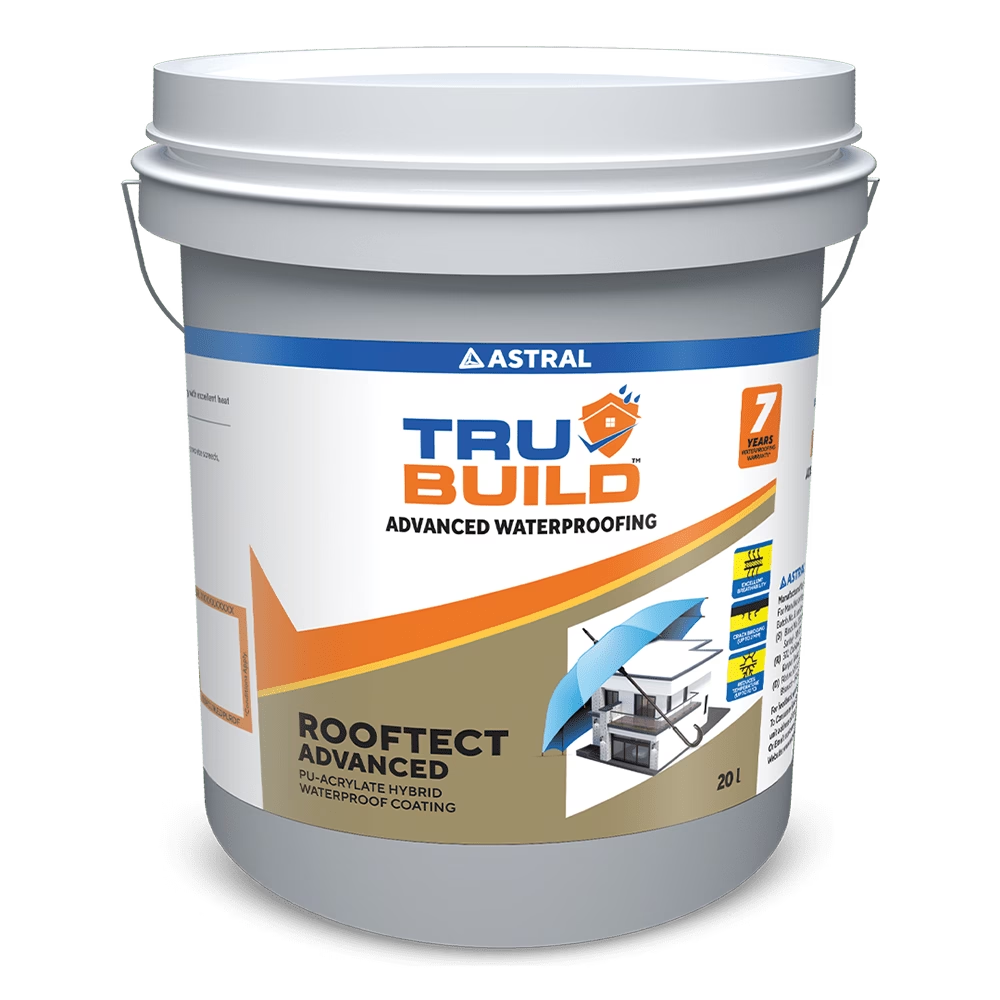
 Substructure Waterproofing
Substructure Waterproofing  Tiling and Grouting
Tiling and Grouting 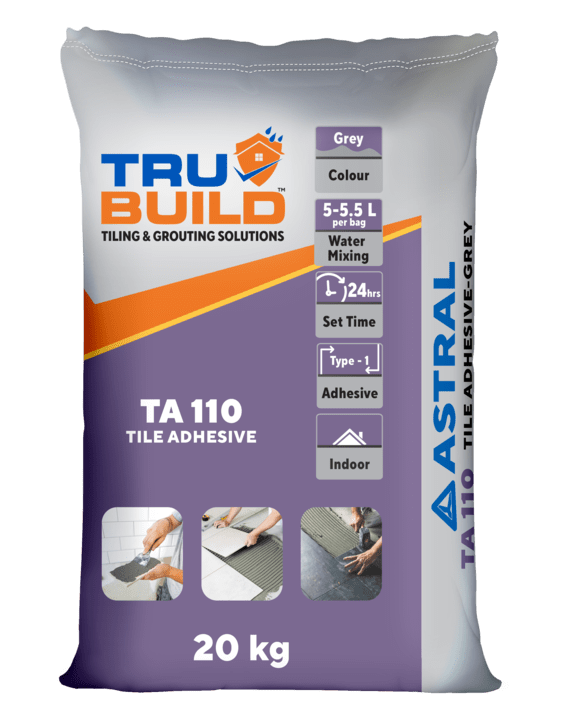
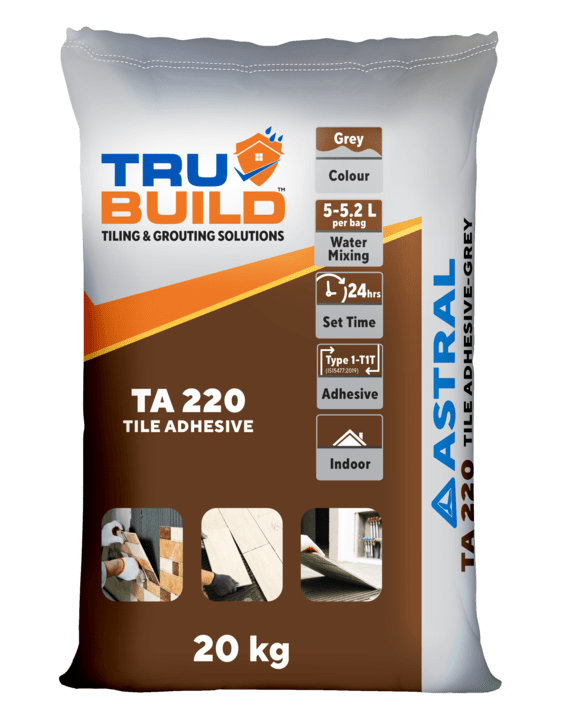
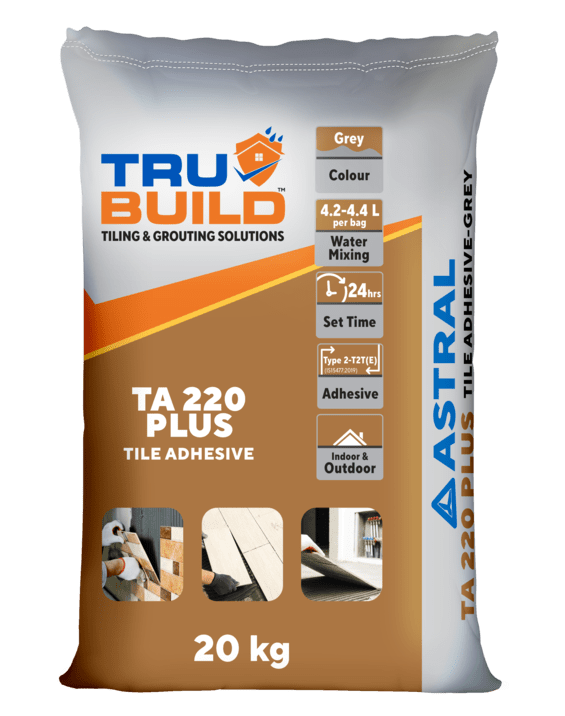
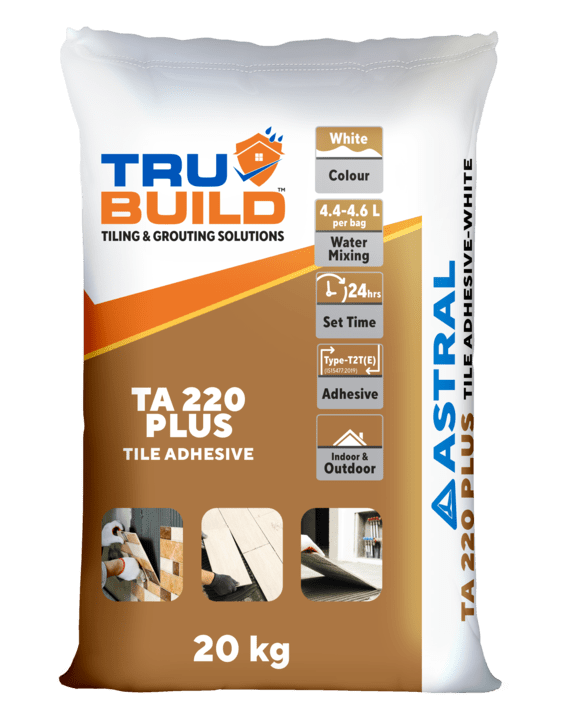
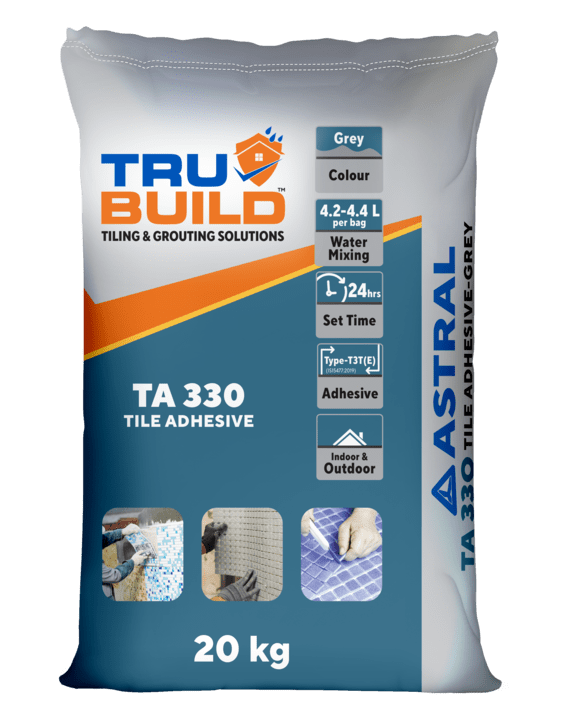
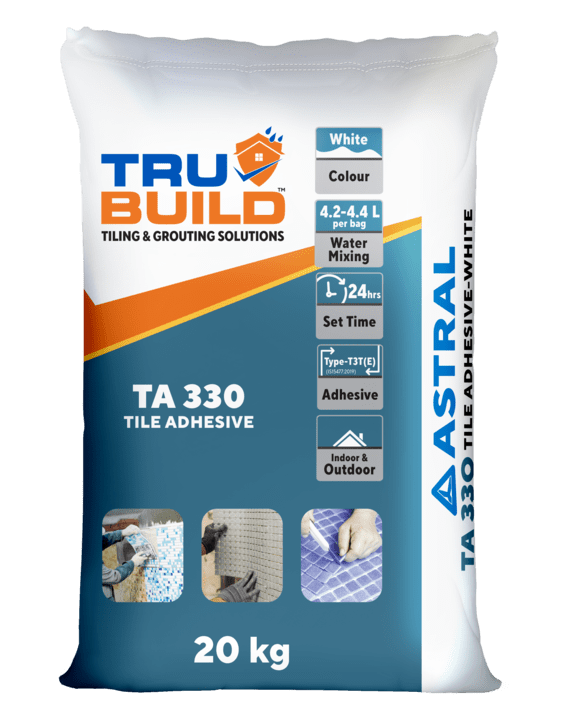
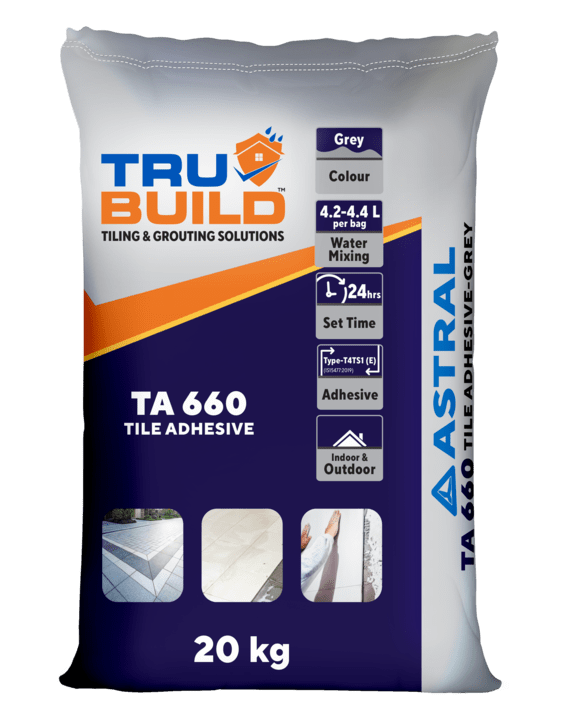
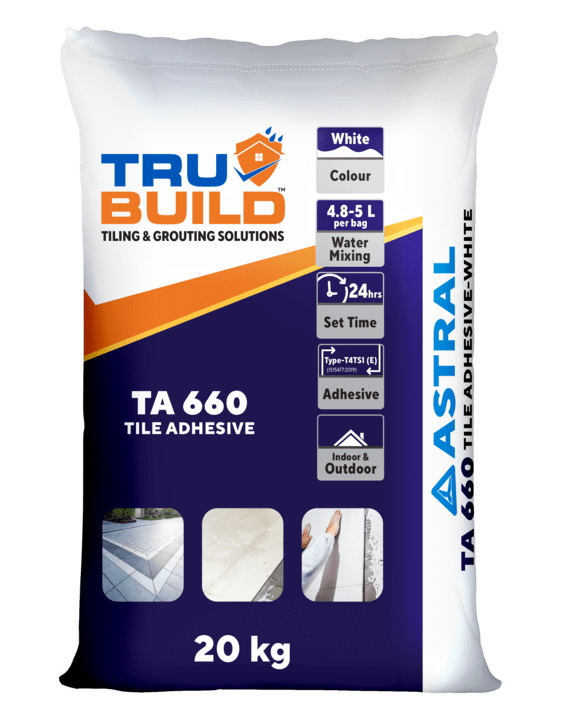
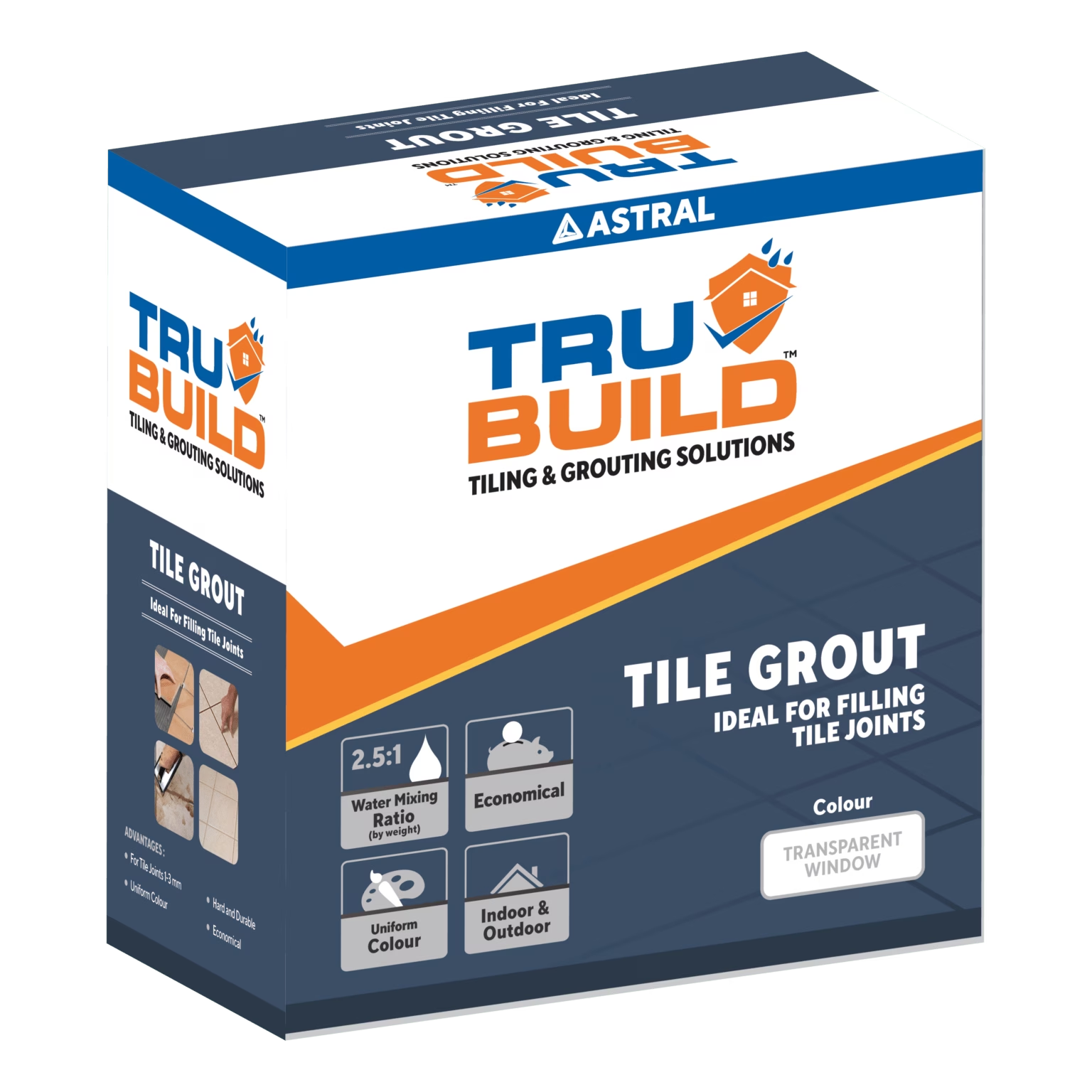
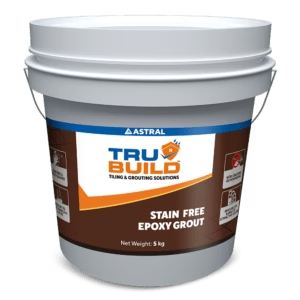
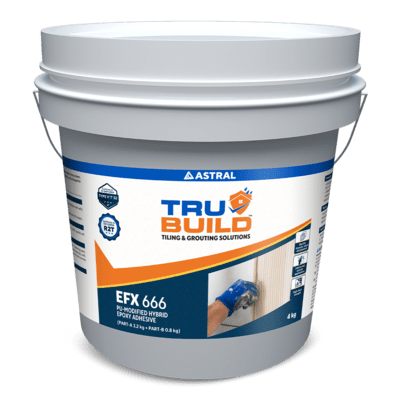
 Water Tanks and Other Areas
Water Tanks and Other Areas 